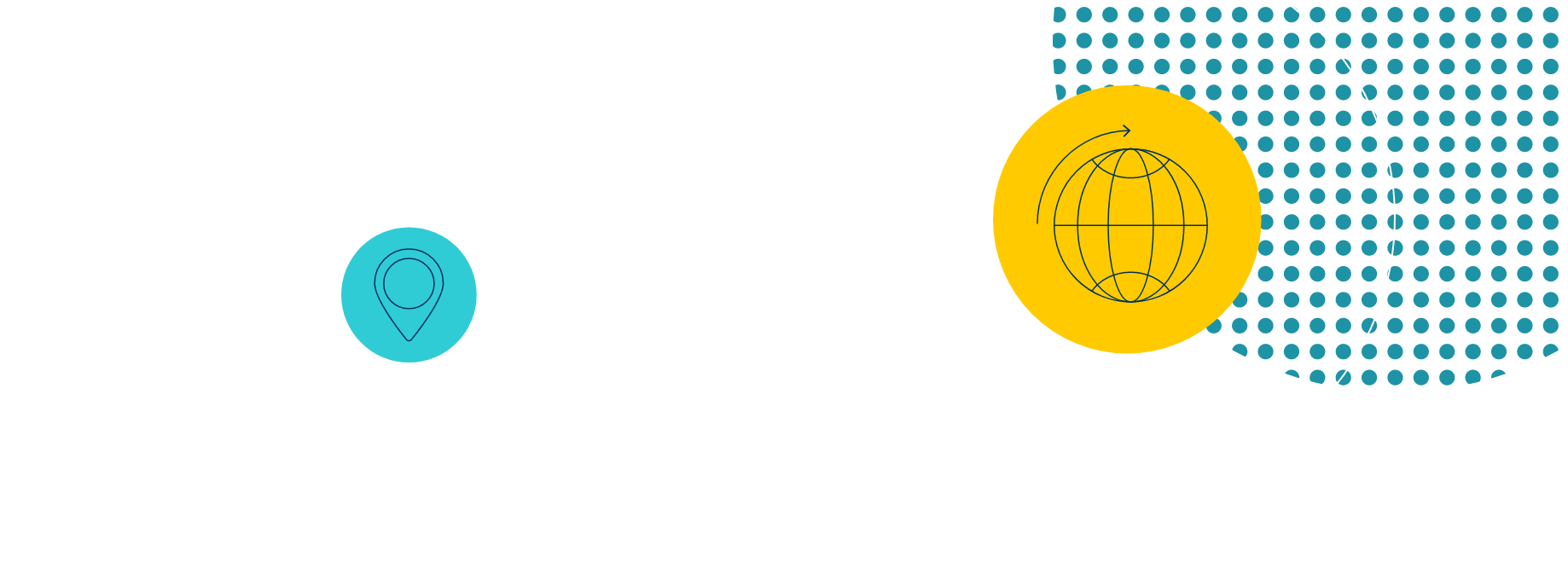Prague’s relatively small size means you’re never far from the city centre. This, in combination with Prague’s excellent
public transport system, makes accessing most districts extremely easy.
Public transport Prague’s
metro system has three lines that cover the city, which run from 5am until midnight. Unlike many other metropolises, Prague’s metro is clean, safe, and easy to navigate, with signs and announcements in both Czech and English.
With their iconic red and white design, trams are a symbol of the city. The network is one of the largest in the world and covers most districts, including many areas not served by the metro.
Taxis Whilst taxis are a more expensive mode of transport to use when living in Prague, they can be a good way to get around outside of rush hours or at night. Reputable companies include AAA Radiotaxi, City Taxi and SEDOP.
Uber is also available in Prague.
Renting a car With so many great public transport options, owning a car can be more hassle than it’s worth. Whilst it may be useful for day or weekend trips out of the city, heavy rush hour traffic, a shortage of parking, and lots of one-way streets mean public transport is a more efficient way to get around Prague.
Bikes Cycling lanes are incorporated into lots of the city’s sidewalks, and cyclists can use many of the pedestrian zones in the centre.
NextBike operates bike-sharing programmes in the city.
























